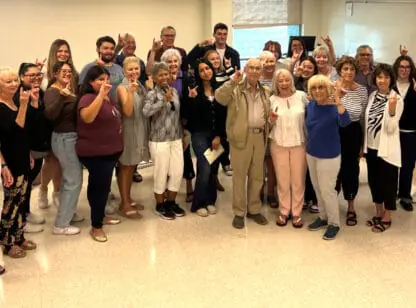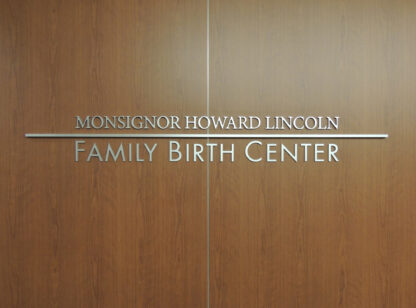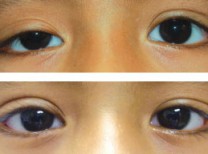The holiday season, a season of giving and receiving, is an excellent time to instill the essential life value of gratitude in children and adults. It can be so easy, and fun, to buy kids an item they have been waiting months to receive and share that moment of joy when they open their long-awaited present. I believe we should all have those moments of joy as kids, and as parents.
But the holiday season can be more than an opportunity for joy through gifting; it can also be a time of remembering, defining, embracing, and promoting gratitude. Children crave positive reinforcement and the holidays are prime season to demonstrate to them how to both receive and give to reap the emotional rewards of giving others joy. It is a time to teach how to experience gratitude in service to others, as well as in accepting – with appreciation – gifts of all types.
Gift making is an excellent way to include children in the experience. Involving all family members in cooking or making a holiday treat for distribution to neighbors, shopping and gift selection for friends and family, and wrapping presents involves kids in the process of what it feels like to give. In doing so, they learn the emotional rewards for giving and not only receiving. It imparts the beginning of learning service to others and in turn, gratitude.
As a family, creating mindful seasonal traditions impresses family culture and thoughtfulness. Finding traditions that bring a family together and involve an activity that bonds can ease holiday stress and bring more joy and gratitude for this time of year. Mindfulness activities may include creating personal gifts together, going on a family hike or nature outing, creating a special meal together, or having ‘no wifi or cell days’ to truly spend time connecting.
A popular way to approach holidays is to also consider giving three types of gifts: a gift that is made, a gift that is needed, and a gift that is wanted. Approaching gift giving with boundaries shows a way of caring by being in service, solving a need and also gifting for simple personal reward. Making a gift takes personal time to create which demonstrates care without taking finances into account. It creates gratitude for what is done rather than what is spent.
Giving a gift for a need displays an understanding of what would help ease a person’s struggles. It also shows that gift giving is not all bells and whistles, that sometimes a gift is to help.
The third gift is because gift giving is still supposed to be fun, surprising, and to a degree, frivolous. Creating a series of gift qualities allows each person to participate, implements ideas about how and why a gift is given, and allows gratitude for different ways to show love through giving.
Gratitude as a practiced habit has shown to increase quality and depth of happiness. It is also a virtue that often has to be taught and instilled in children. Gratitude does not always happen naturally; it is acquired by observation, demonstration, and explanation through practiced habits like giving and receiving of all types of gifts.
Shannon Sinsheimer, ND, is state licensed naturopathic doctor with a focus on fertility, family wellness, and pre-conception health. She can be reached at Optimal Health Center (760) 568.2598.













































Comments (0)